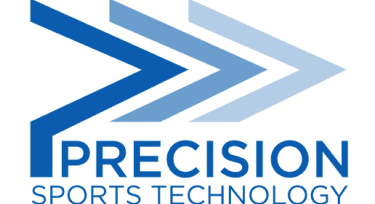It's been a whirlwind year for Precision Sports Technology! Having incorporated in November 2021, 2022 has been the first full year of development having spent the previous few years working on code evenings and weekends while the founder was working a full-time job with a multinational technology company.
The pinnacle of the year (along with winning Silver in Emerge Tech at the National Startup Awards!) was finally launching our product trials with the University of Limerick Department of Physical Education and Sport Science. We spent the majority of 2022 working on our business plan, meeting with potential clients to get feedback on our idea and then implement that in product development.
One of the first things coaches, trainers and physiotherapists ask is "How accurate is the software?" It's absolutely fundamental. The goal of our technology is to provided automated objective analysis on movement patterns, so the data must be valid and reliable. The industry standard in sport science and medicine is to conduct a validity and/or reliability study with sport science researchers and biomechanists.
According to Wikiversity, the definition of validity in sport science refers to the agreement between the value of a measurement and its true value. Validity is quantified by comparing your measurements with values that are as close to true values as possible. Reliability refers to the reproducibility of the measure - if all biological factors are the same, does the technology produce the same result?
For Precision Sports Technology, our first proof point is a validity study. We need to quantify exactly how accurate our joint tracking system is compared to multi-camera markered motion capture systems. These mocap systems generally feature 8-12 infrared cameras configured in a laboratory setting, wired to a computer hub, manually calibrated and generally connected to force plates also. They can be extremely complicated and laborious to use. Facilities with systems such as these tend to have a professional technician to configure and perform the calibration. Ahead of each assessment, reflective balls are polished with alcohol wipes to ensure they are optimally detected and placed on specific positions of the body. After the assessment, each ball needs to be manually labelled on the software to then extract the data and compare.

In Precision Sports Technology's software, we automatically label all joints and provide the 3D data for each joint at a rate of 90Hz. The motion capture systems mentioned above are not only highly complicated, but cost and space prohibitive for practical settings such as in a gym, club or clinic. Some leading providers in multi-camera motion capture systems include Qualisys, Vicon, Optitrack and BTS Bioengineering. For the full system, prices can range to anything from €100,000 to upwards of half a million! Not only are they too large and difficult to use in a practical setting, the cost is also completely prohibitive to a coach, small team or private individual looking for measure their movement patterns and historically track progress.
At Precision Sports Technology we're looking to democratise movement analysis, by bringing the high-level accuracy of multi-camera markered motion capture to mobile devices, through the use of LiDAR sensor technology and artificial intelligence.

We are working with Dr Ian Kenny, three of his undergraduate Sport Science final year students and the laboratory technician D.J. Collins to undergo the validity study over the coming weeks and months. We officially handed over the latest version of the software on November 18th 2022, which we believe has high level of accuracy for joint tracking. Time will tell exactly how accurate it is - stay tuned in 2023 as we process the results from the trials!




